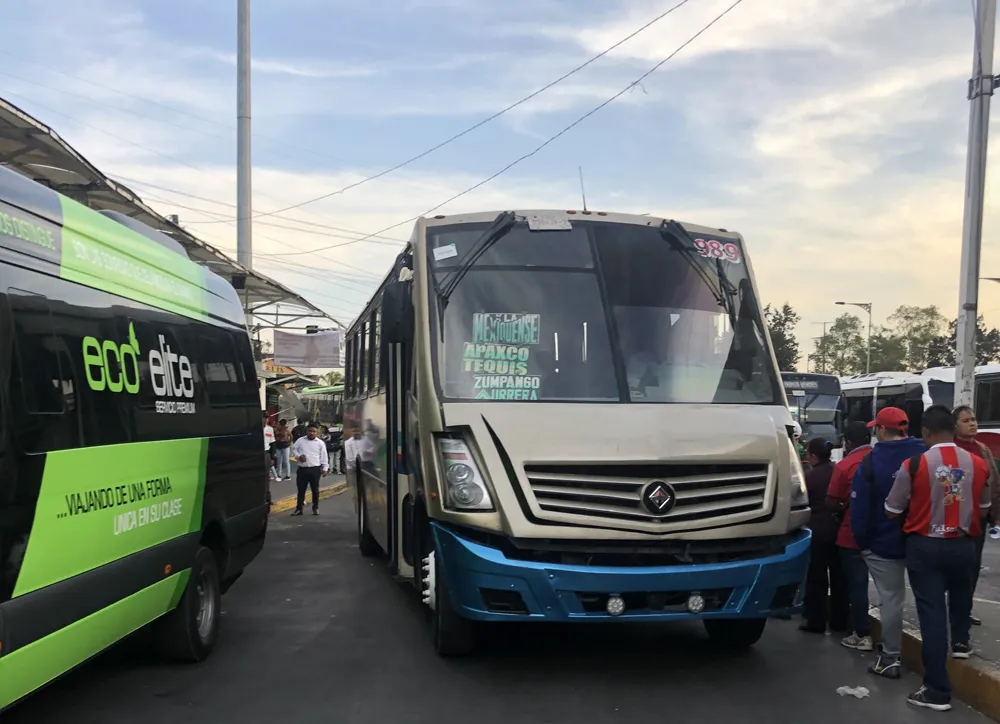ITS America has awarded the Texas Department of Motor Vehicles (TxDMV) and the Texas Department of Transportation (TxDOT) a Smart Solution Spotlight Award for a new web-based tool that allows truck owners to self-issue the permits and routes they need to move oversize and overweight loads on the state’s highway system. The Smart Solution Spotlight award is made to companies and organisations that use innovative technology to create a safer, cleaner, more efficient and sustainable transportation system. The
September 6, 2012
Read time: 2 mins
The Smart Solution Spotlight award is made to companies and organisations that use innovative technology to create a safer, cleaner, more efficient and sustainable transportation system.
The Texas Permitting and Routing Optimization System (TxPros) earned the award in recognition of its use of “smart” technology to improve service, save time and resources and keep loads and motorists safe.
Trucks carrying loads that are taller, longer, wider or heavier than legal limits must get a permit and, for many loads, a route from the TxDMV that avoids obstacles such as low overpasses, or bridges and roads that could be damaged by the load. TxPros is the first system to generate a route in real time using GIS, along with a map and turn-by-turn driving instructions, customised to the size and weight of the load.
TxPros allows trucking companies to apply for oversize/overweight permits, pay the fees, and route their trucks on the best roads for a load’s size and weight, all online, 24/7. The system is said to be the first of its kind in the US and so easy to use that customers have self-issued more than half of all permits since its launch in August 2011.









